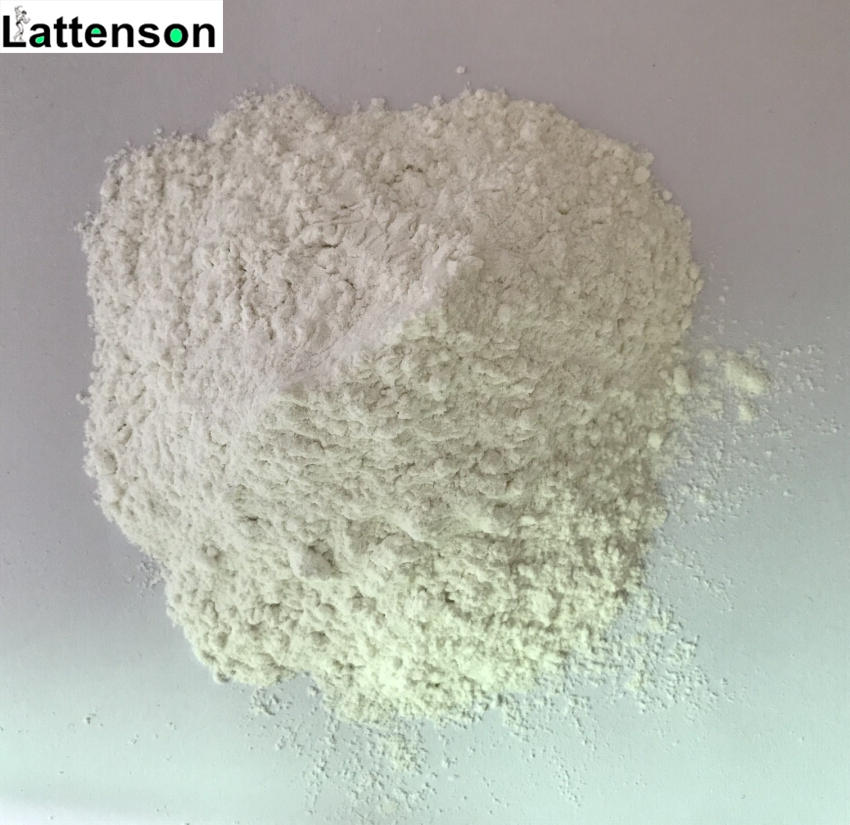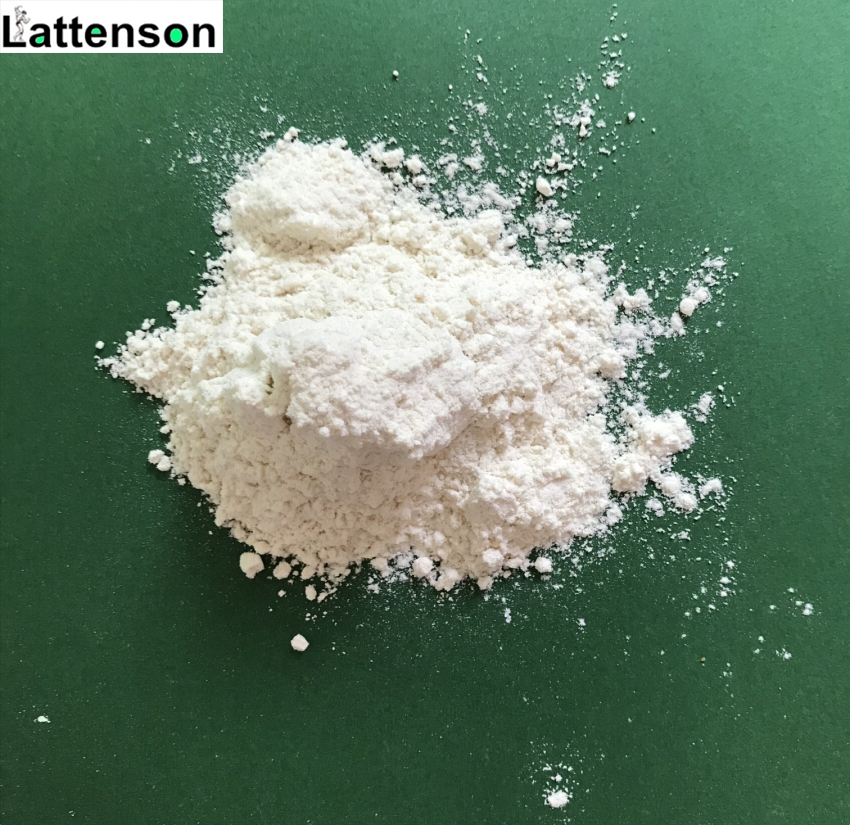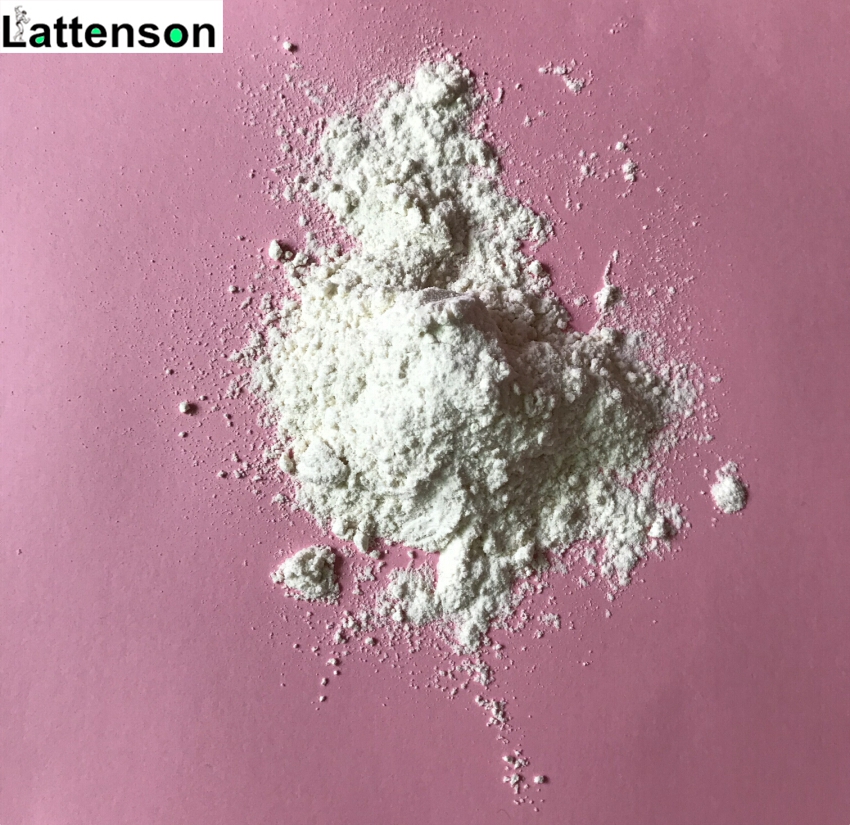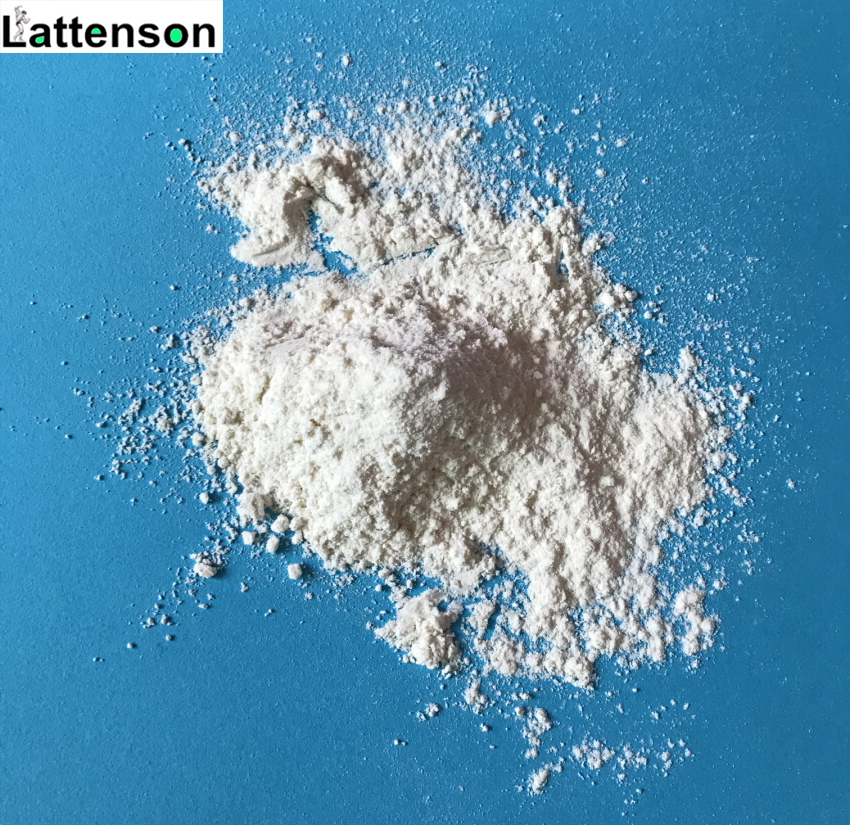Other Related
La description
Benzocaine hydrochloride works by creating a chemical barrier that halts the build-up of sodium, which accumulates as the nerve endings are stimulated by pain. When sodium builds up, electrical signals also build in the nerve endings. These are eventually transmitted to the brain, which interprets the signals as pain.
Benzocaine hydrochloride is a local anesthetic commonly used as a topical pain reliever or in cough drops. C'est l'ingrédient actif de nombreux onguents anesthésiques en vente libre tels que les produits pour les ulcères buccaux.. It is also combined with antipyrine to form A/B otic drops to relieve ear pain and remove earwax.
Application
Benzocaine HCL works by creating a chemical barrier that halts the build-up of sodium, which accumulates as the nerve endings are stimulated by pain. When sodium builds up, electrical signals also build in the nerve endings. These are eventually transmitted to the brain, which interprets the signals as pain.
Benzocaine hydrochloride is usually made into powder or oil paste and used to heal wounds, ulcers, burns, skin abrasions and hemorrhoids.
There are quite a few different uses for Benzocaine, these include:
As an ingredient in cough syrups
To treat cold sores
To treat toothache
To treat irritation from dentures
To treat earache
As a surgical local anesthetic
In condoms used to delay ejaculation
To tranquilize Fish
COA OF Benzocaine
| Nom du produit |
Benzocaïne |
| n ° CAS. |
94-09-7 |
Emballage extérieur |
25KG/drum |
| Date de production |
2015.05.06 |
Durée de conservation |
2017.05.05 |
| Norme adoptée |
USP36 |
| Éléments d'analyse |
spécification |
USP36 |
| Apparence |
Poudre cristalline blanche |
Poudre cristalline blanche |
| Identification |
Consistent with the standard
Chart |
Conformed |
| Reactive identification |
Orange red |
Orange red |
| Point de fusion |
88ºC-92ºC |
89.3-90.3C |
| Perte au séchage |
0,5 % |
0.3% |
| Easy carbide |
Comply with USP standards |
Conformed |
| Résidu à l'allumage |
≤0.1% |
≤0.1% |
| Chlorine |
NON |
Not detected |
| Métaux lourds |
10 ppm |
<10ppm |
| Impureté totale |
≤1.0% |
Not detected |
| Essai |
98-102% |
101.4% |
| Conclusion |
Qualifié |
| Anti-painingAnesthetic Anodyne |
| Nom |
CAS |
| Chlorhydrate de tétracaïne |
50-41-9 |
| Procaïne |
59-46-1 |
| Tétracaïne |
94-24-6 |
| Chlorhydrate de pramoxine |
637-58-1 |
| chlorhydrate de procaïne |
1951-5-8 |
| Lidocaïne |
137-58-6 |
| Chlorhydrate de dibucaïne |
1961-12-1 |
| prilocaine |
721-50-6 |
| Chlorhydrate de propitocaïne |
1786-81-8 |
| Chlorhydrate de proparacaïne |
5875-6-9 |
| Linocaine hydrochloride |
6108-05-0 |
| Chlorhydrate d'articaïne |
23964-57-0 |
| Chlorhydrate de lévobupivacaïne |
27262-48-2 |
| Chlorhydrate de ropivacaïne |
132112-35-7 |
| Bupivacaine |
2180-92-9 |
| Chlorhydrate de bupivacaïne |
14252-80-3 |













 Directeur commercial
Directeur commercial